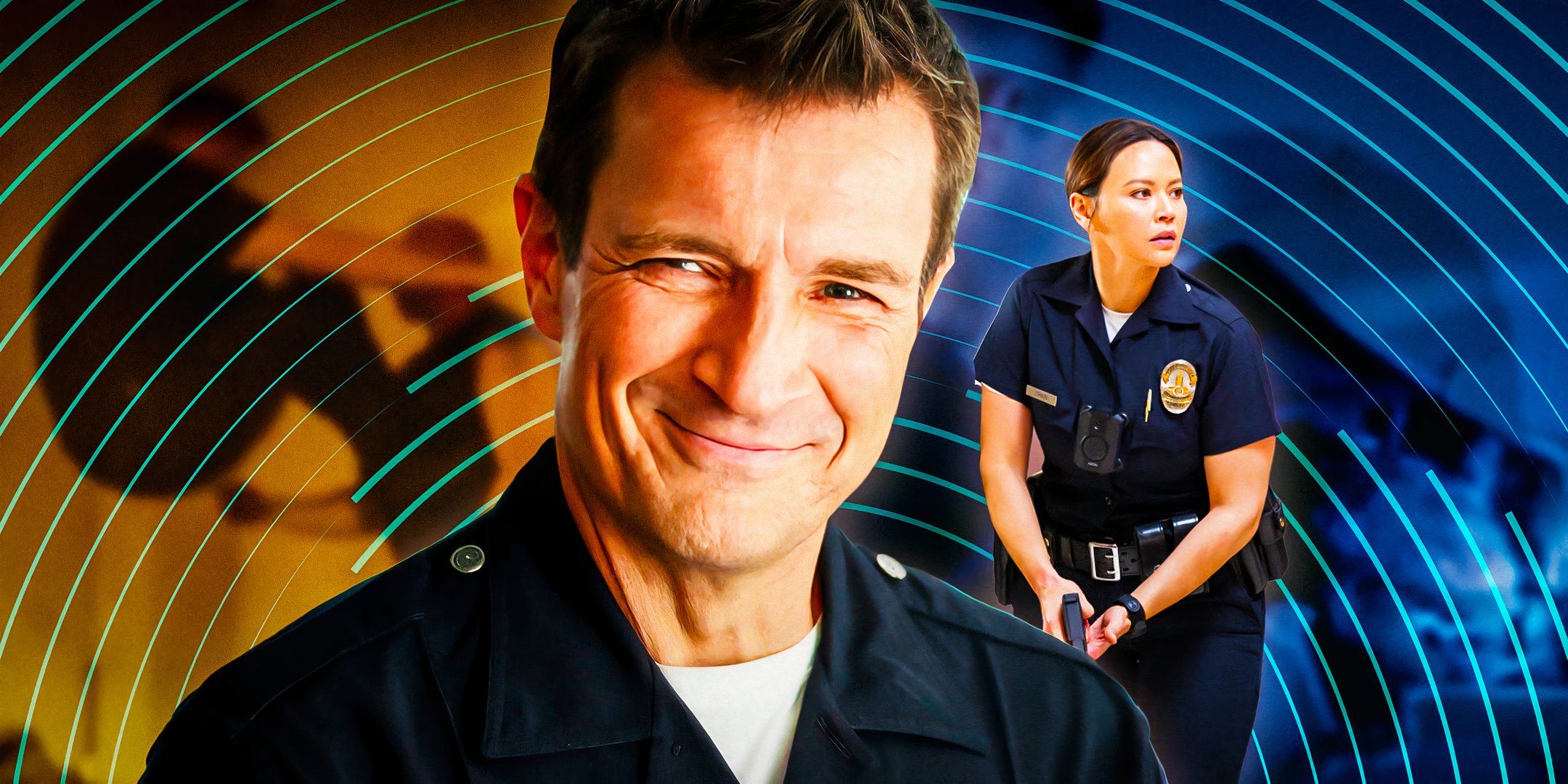Sci-fi movies have a long history of getting outer space wrong. History’s first sci-fi hit, a silent 1902 film titled A Trip to the Moon, features a moon with a human face, an apparently breathable atmosphere, and a hostile population of humanoid moon beings. Well over 100 years later, sci-fi filmmakers often make more of an effort to ground their films with scientific research, but they’re still prone to portraying space in an unrealistic manner.
Quite often, filmmakers take factual liberties for the sake of entertainment; after all, space is mostly empty, and often devoid of cinematic drama. Among other issues, movies like Interstellar, Gravity, Ad Astra, Armageddon, and many others are still as likely as ever to include errors related to interstellar travel, black holes, gravity, sound, spacesuits, and zero-gravity space battles.
In some cases, researchers and scientists have gathered sufficient research to prove that space as it’s portrayed in sci-fiction films does not mesh with reality. In other cases, including phenomena like black holes, scientists are forced to make an educated guess. Although some movies in this analysis have a stronger scientific basis than others, all of them leave room for doubt. Here’s a rundown of some common mistakes.
Space & Interstellar Travel
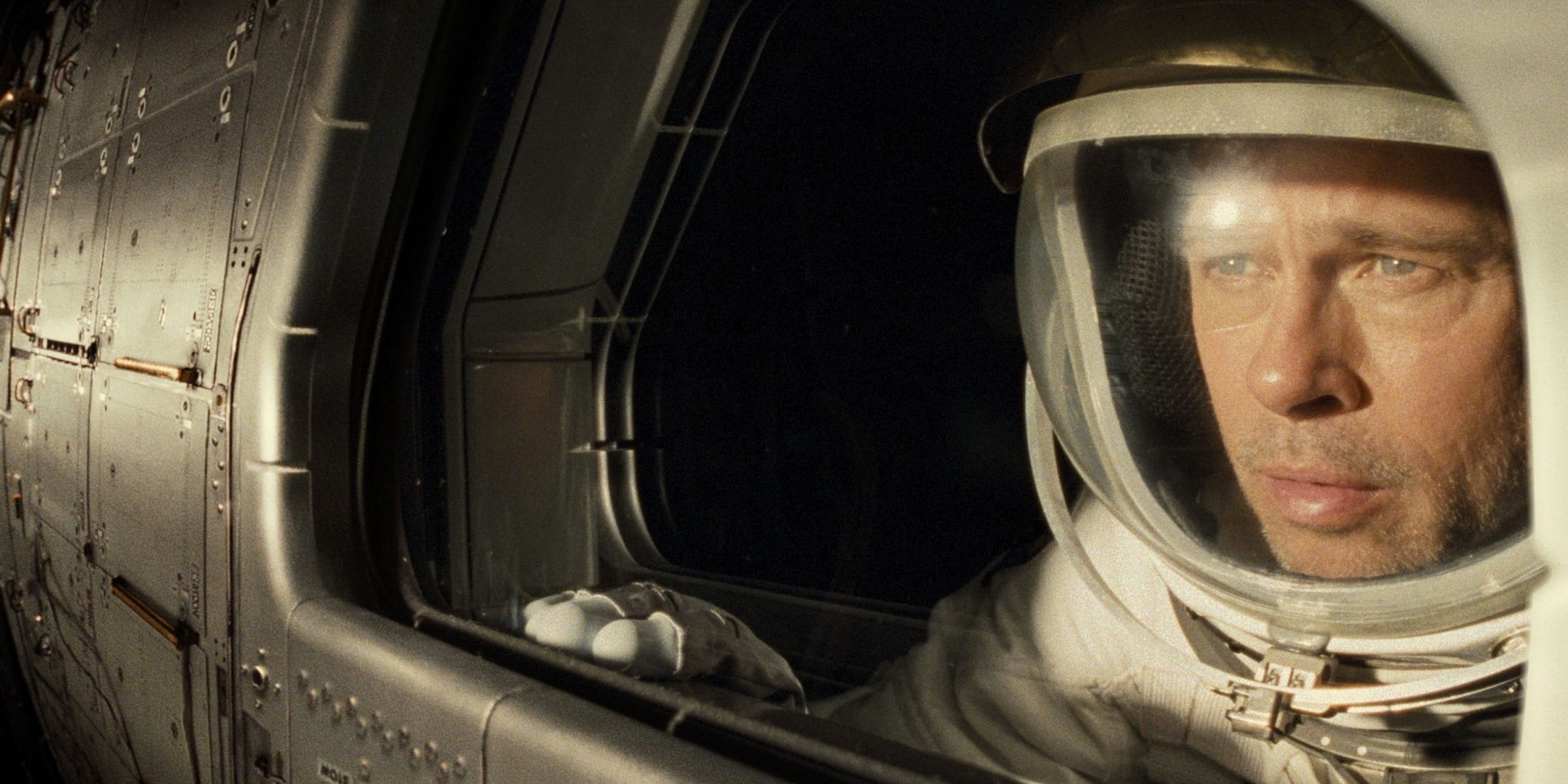
One fan favorite of sci-fi viewers is the quintessential space travel scene where the starship’s pilot bumps the throttle up to lightspeed or “warp speed,” the stars become elongated streaks, and the ship crosses unfathomable distances in a snap. In reality, though, the highly credible researchers at Popular Mechanics are not at all optimistic about the possibility of present or future technologies allowing humans to travel anywhere close to such velocities, as doing so would destroy both the ship and its occupants. This means that the miraculous travel times in films like Interstellar and the very similar Ad Astra are likely to remain the stuff of fiction. The beloved Star Wars saga stands on shaky ground for similar reasons.
Speed limitations aside, many popular films seem to omit the fact that, as space.com points out, space is absolutely teeming with deadly, carcinogenic radiation. While current aerospace materials can reduce human exposure, they can’t eliminate it. Radiation becomes particularly problematic for travelers who spend extended time in space or enter “cryosleep,” which means that in reality, the crews of many sci-fi classics like Alien would likely get bombarded with fatal doses of radiation.
Black Holes
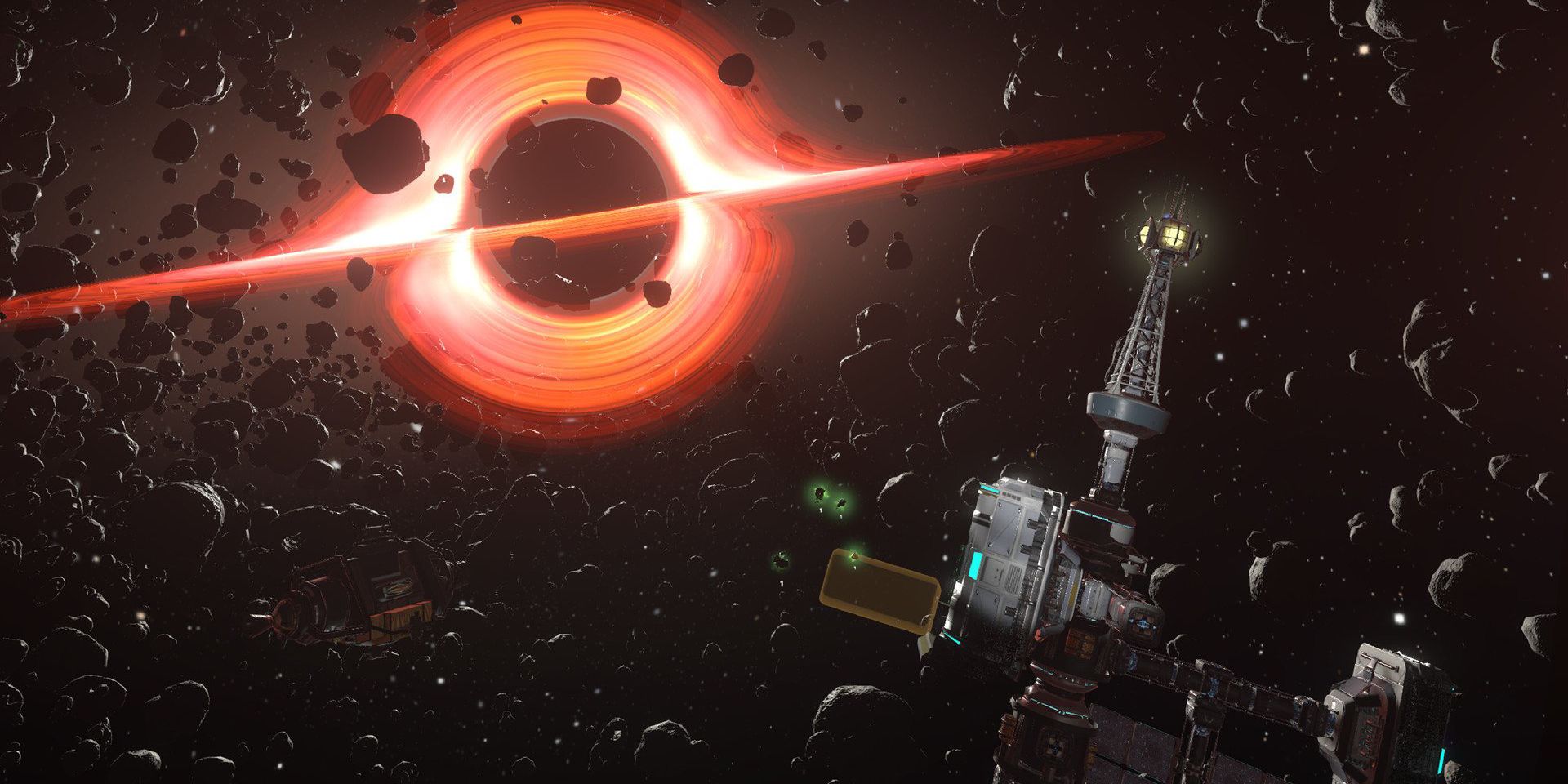
Black holes have been a staple of sci-fi films for decades now, though there remains a great deal of controversy regarding how accurate these films are. 2009’s Star Trek reboot features a CGI black hole that resembles a well-lit hurricane. The crew of the Enterprise escape the black hole’s “gravity” by releasing and then detonating their propulsion core. One glaring problem, though, is that with no atmosphere in which to generate a propulsive shockwave, and no solid material to create compression, such an explosion would accomplish nothing. Additionally, the folks at Scientific American find no evidence that such a close encounter with a black hole would be escapable by any practical means.
Christopher Nolan’s cerebral 2014 hit Interstellar takes a very well-researched approach to the construction of its black hole, so much so that this movie accurately predicts the general appearance of black holes, which wasn’t actually confirmed until 2019. And yet, scientists are still debating what might happen to a person unfortunate enough to enter a black hole. Prevailing wisdom from agencies like astronomy.com suggests that such an unfortunate person might become “spaghettified” into a long strand of human pasta. Clearly, this wouldn’t bode well for someone like Joseph Cooper (Matthew McConaughey), who ejects into a black hole only to end up in a kind of quantum library.
Gravity

Low-gravity or zero-gravity environments are a major enticement for sci-fi lovers, but these, too, are subject to controversy. Michael Bay’s 1998 Armageddon takes a boldly unscientific approach to the law of gravity by landing two spacecraft on a Texas-sized asteroid that, according to phys.org, wouldn’t produce enough gravity to hold them against its surface. Further, the movie’s continuity proves inconsistent. Everydaysciencestuff.com points out that in the film, astronauts outside their spacecraft tend to experience microgravity while astronauts inside the shuttle seem to experience earth-normal gravity. In reality, gravity would remain constant inside and outside the ship.
Like Interstellar, Alfonso Cuarón’s Gravity takes an educated approach to gravity and astrophysics, yet still ends up finding controversy. During the film’s most harrowing scene, tethered astronauts Lieutenant Matt Kowalski (George Clooney) and Dr. Ryan Stone (Sandra Bullock) tumble toward the ISS space station on a deadly reentry course with earth. In a gesture of heroism, Kowalski severs his end of the tether, apparently saving Stone’s life. It’s a wonderfully dramatic scene, but high-profile astrophysicists like Neil deGrasse Tyson have argued that the gesture is unnecessary, and Stone could have saved both herself and Kowalksi with a simple tug on her end of the tether.
Sound In Space
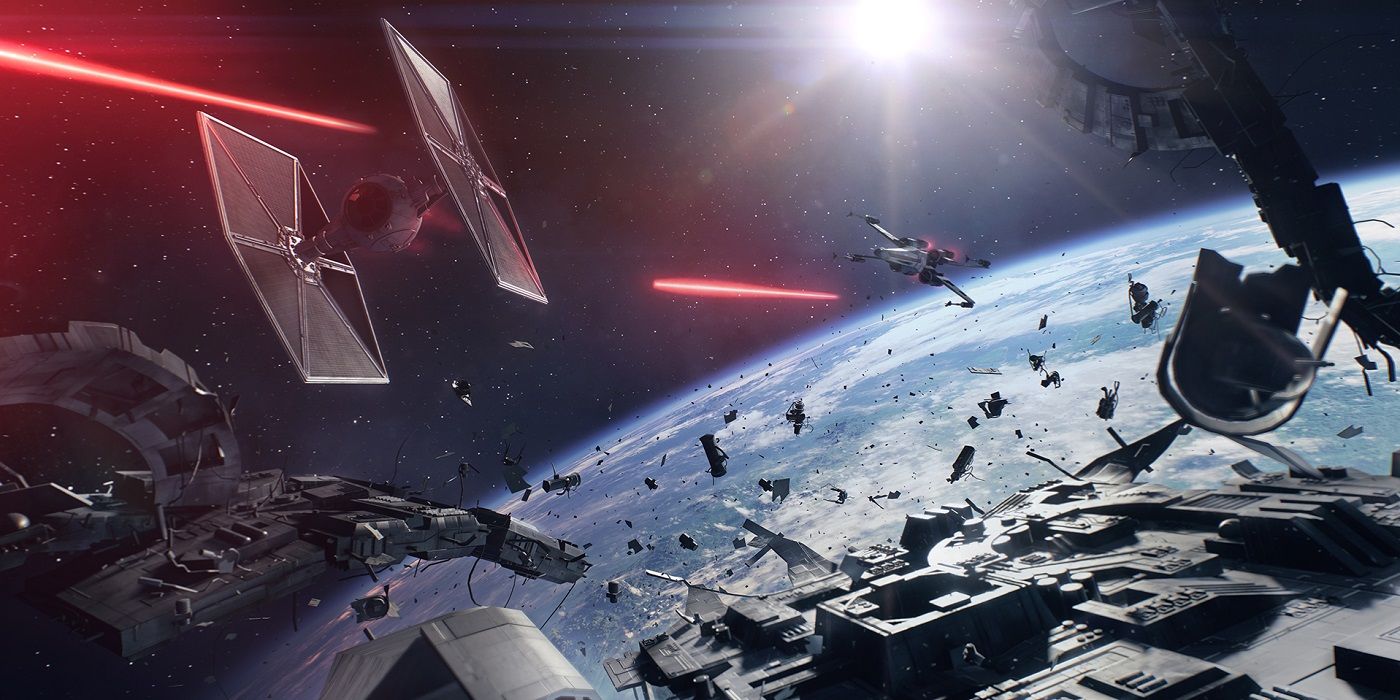
One of the more obvious pitfalls in sci-fi is the inclusion of sound (typically, explosions and laser noises) in a space environment that renders sound impossible — a point that physicscentral.com illustrates with a simple experiment. Put simply: if sound waves have no particulate medium through which to travel, then sound cannot occur. And yet, popular sci-fi continues to get this wrong, probably for the sake of cinematic impact.
Once again, Armageddon tosses science by the wayside; as the two US shuttles close upon the deadly asteroid, the rock can be heard producing what sound like growling noises within the void of space. Other sci-fi staples, like the cult classic Starship Troopers, contain space-based scenes in which plasma fire makes sizzling noises, and breached, decompressing ships somehow produce concussive sounds. Virtually all Star Wars films are also guilty of adding laser noises and impressive explosions to space environments where sound cannot physically occur.
Spacesuits

As a bonafide NASA spacesuit designer points out at syfy.com, in reality, spacesuits are bulky, unsightly, and often require two people to put on. Because these suits have to protect astronauts against extreme fluctuations in temperature and lethal amounts of radiation, it requires a great deal of time and effort to don one properly, not to mention check the seams for potential leaks and malfunctions.
In the realm of sci-fi cinema, spacesuits often become unrealistic in terms of durability and convenience. It’s highly unlikely that a character like Mark Watney (Matt Damon) from The Martian could simply pull on his spacesuit like a sweater and venture from his enclosed habitat to the open landscape of Mars as many times per day as he wishes. Further, spaceanswers.com points out that, due to the fact that spacesuits are vulnerable to leaks and subsequent depressurization, Kowalski and Stone from Gravity would have ruptured their suits while pinballing against various components of the ISS.
Battles In Space
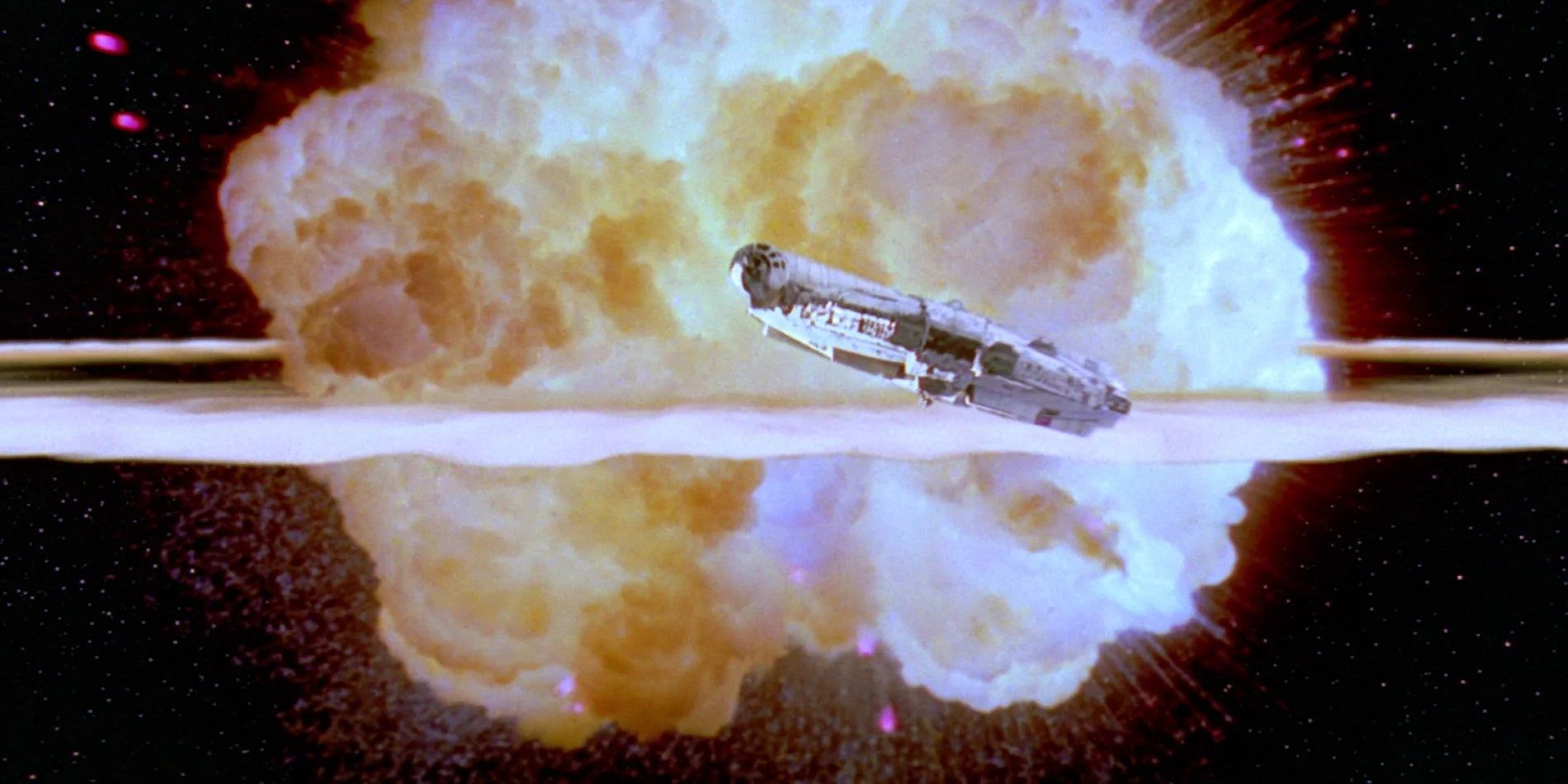
Sci-fi movies are renowned for their dramatic, big-screen dogfights and large-scale explosions; unfortunately, these effects are often highly unrealistic. Scienceabc.com points out that because space tends to be devoid of oxygen, true outer space explosions would pale in comparison to those that take place within earth’s oxygen-rich atmosphere.
It’s true that spacecraft loaded with liquid oxygen and other oxidizers would produce some level of explosion and combustion, but those highly dramatic, screen-filling explosions that blot out the stars belong mainly to the realm of fiction. Unfortunately, impressive shots of the Death Star exploding in the Star Wars movies are the stuff of fantasy, as are the big ship explosions from various Star Trek films. These displays become doubly implausible when they also generate sound.
Sci-fi filmmakers have been getting astrophysics wrong for decades now, and some critics have even argued that smart sci-fi is a dying fad. Perhaps it’s unfair to be too critical. After all, while films can be educational, they’re still mostly vehicles for entertainment, and filmmakers can’t be blamed for trying to make space a little more compelling on the story level.
Sci-fi and hard science have always been at odds. A scientifically accurate space movie would be severely limited for a number of reasons. For starters, space travelers would be incapable of covering great distances. Spacesuits would be too bulky and cumbersome for the actors to emote much of anything. Space itself would be bereft of character, since it’s mostly empty and silent (no growling asteroids). Even space battles would lack a certain gravitas, since actual space explosions would be relatively puny and utterly silent. Perhaps sci-fi filmmakers like Alfonso Cuarón and Christopher Nolan have the most reasonable approach in striking a semi-plausible balance between fact and fiction.
Key Release Dates

Dune
Release Date:2021-10-22Avatar 2: The Way of Water
Release Date:2022-12-16
